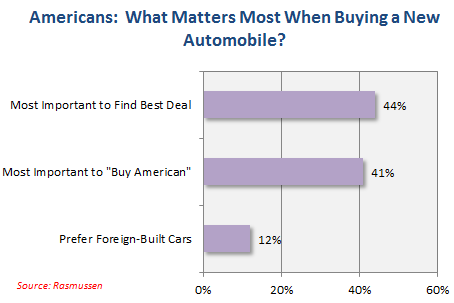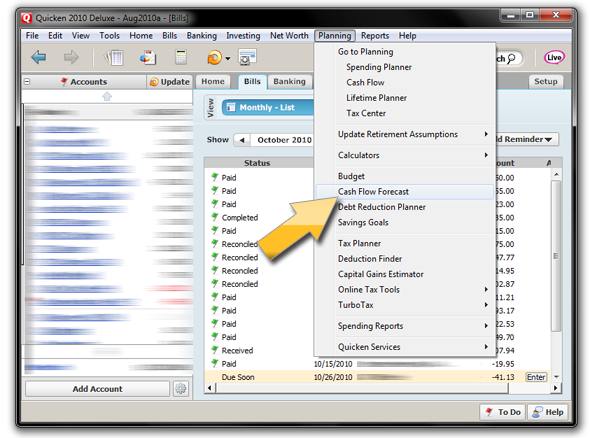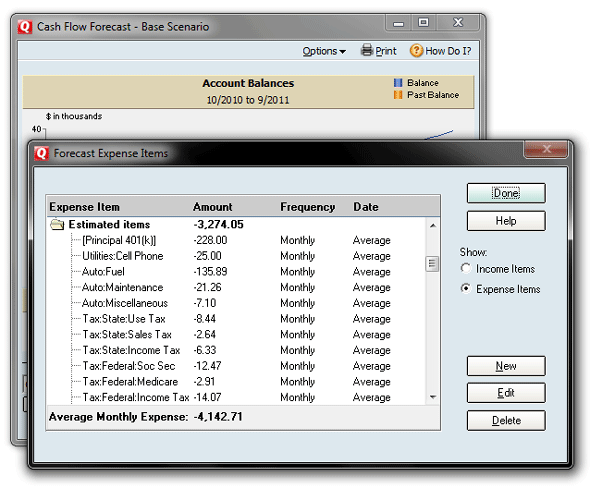I know this story has been everywhere the last day or so, but I just cannot let it go by without a few words:
KABC-TV: Calif. Mom to Sue McDonalds Over Happy Meal Toys
Yes, a California mom has filed a lawsuit against McDonalds, hoping to require the fast-food megachain to either (1) churn out healthy meals for kids, or else (2) yank toys out of their Happy Meals. Why? Because she’s tired of being “pestered” by her kids (a six-year-old and a two-year-old) to go to Mickie D’s.
In a press release, we get to hear Ms. Parham describe her parental angst:
Getting into your kids’ heads without your permission? You mean like EVERY OTHER COMPANY that markets to kids in any way / shape / form? Ms. Parham, I’d suggest you sue Mattel, Disney, Scholastic Publishing, and American Girl, while you’re at it. As well as General Mills, Kraft Foods, Procter & Gamble, and Kelloggs. (Actually, whomever boxes up those god-forsaken Corn Pops really should be sued. Those things are disgusting.)
More from Ms. Parham:
Glad to see you’re paying attention, Mom. Now maybe you’d like to take the next step, and TRY TO BE AN ACTUAL PARENT to your kids. They’re two and six, for goodness’ sake. Who runs the show at your house, anyway? It damn sure isn’t you.
Hey, Wait! I Have a Kid, Too!
As the parent of an eight-year-old girl, I would like to state clearly, here and now, that I am truly amazed at the masterful job which McDonalds has done in getting kids to want their food. In the world of advertising, the Happy Meal campaign has to go down as one of the Greatest Ever.
Do they sell crappy food? Yes.
Do they blatantly target kids? Yes.
Have they absolutely mastered these tactics? Holy hell, yes.
And yet somehow, SOME WAY, my wife and I have managed to say no to our daughter’s frequent requests for McDonalds food. Does our kid whine? Yup. Does she moan? Yup. Does it matter? Not so much.
Am I going to sue McDonalds for bringing out the “I wants” in my kid? Um, no, because Lisa and I are The Parents. Unlike Ms. Parham, apparently, we aim to be In Control. We prefer to raise our child to understand the difference between good choices and poor choices — and also that Mom and Dad not only make the rules, but can also remove every single belonging from your room while you’re at school, lock it all up in storage, and allow you to earn it back, if we so choose. (Which, at one point this year, we did.)
Of course Ms. Parham has an agenda working, and I seriously doubt that the “It’s for the kids!” angle covers her motivations entirely.
But watching people like her try to litigate their way through life (and teach her children to do the same) causes great pain in me. Ms. Parham’s primary responsibility should be to be a good parent to her children; nowhere in there does the word “easy” come into play. Dealing with whiny kids ain’t easy.
And, as Ms. Parham so clearly shows us, dealing with whiny parents is often far worse.


 JLP at All Financial Matters put out a
JLP at All Financial Matters put out a 
 Those of you who follow Money Musings via My Yahoo should know that, for whatever reason, Yahoo hasn’t retrieved this blog’s feed in several weeks. (As of this writing, it still shows my latest post to have been on October 19.)
Those of you who follow Money Musings via My Yahoo should know that, for whatever reason, Yahoo hasn’t retrieved this blog’s feed in several weeks. (As of this writing, it still shows my latest post to have been on October 19.)

